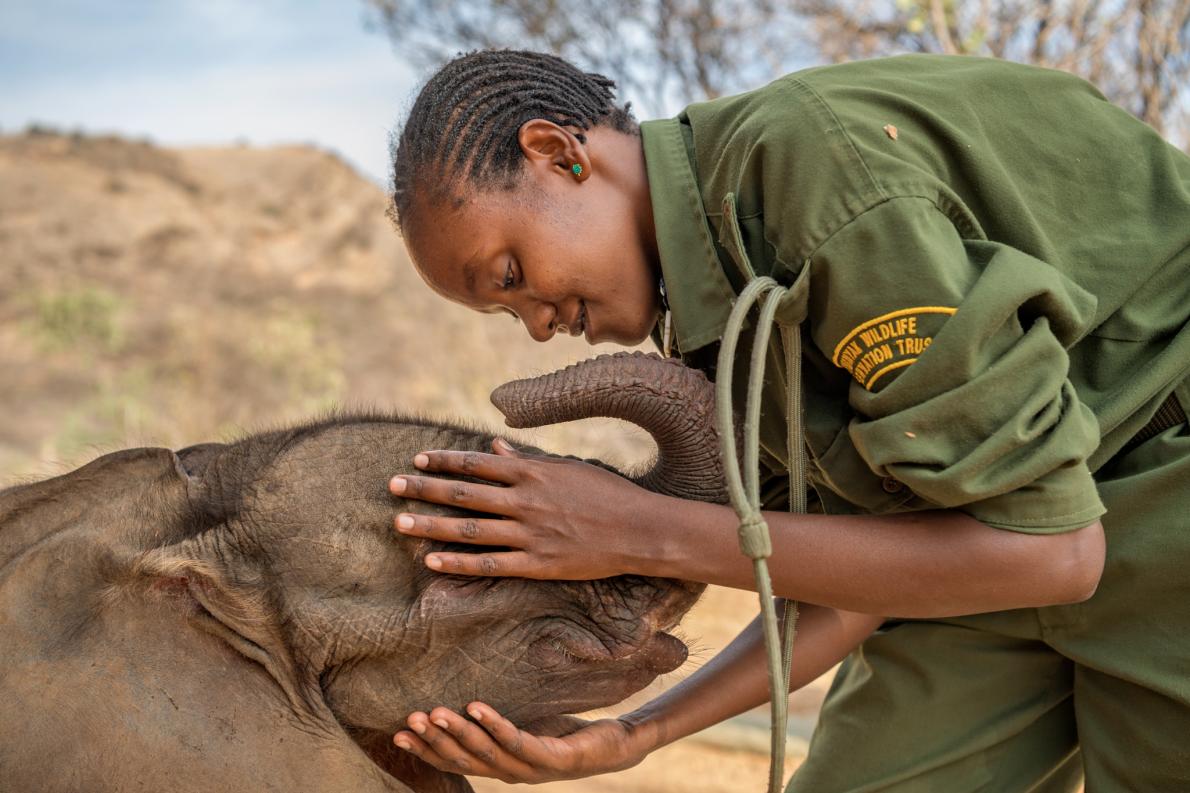Landmines in Angola: How African Elephants’ Amazing Sense of Smell Could Save Lives
/CHISHURU, A MALE AFRICAN ELEPHANT, INDICATES A TARGET SCENT DURING TRIALS. IMAGE BY GRAHAM ALEXANDER.
Landmines in Angola: How African Elephants’ Amazing Sense of Smell Could Save Lives
By Ashadee Kay Miller, PhD Candidate, School of Animal, Plant and Environmental Sciences, University of the Witwatersrand. First published on The Conversation.
For 27 years Angola was gripped by civil war. Half a million human lives were lost and wildlife, too, was decimated to sustain troops. Rhino and elephants became valuable targets – rhino horn and ivory served as currency for arms among rebel forces.
During the conflict elephant populations fled across the border into Botswana, Zambia and the Democratic Republic of the Congo. When the war ended in 2002 animal populations slowly started to return to their pre-conflict grazing grounds. But a huge problem remained: millions of landmines were still in situ and undetonated across Angola. Many elephants were killed and maimed by the explosives as they attempted to recolonise.
Data collected from collared elephants moving through the affected areas showed herds avoiding minefields. This suggested that at least some of the returning elephants had associated minefields with danger. What could this association be based on? Had the minefield-avoiding elephants seen others killed in those areas? Or had they associated the smell of landmines with danger, extrapolating risk to other areas where the odour was present?
We couldn’t answer all these questions. To narrow down our search my colleagues and I set about finding out whether elephants could smell the main component of landmines – Trinitrotoluene (TNT).

















